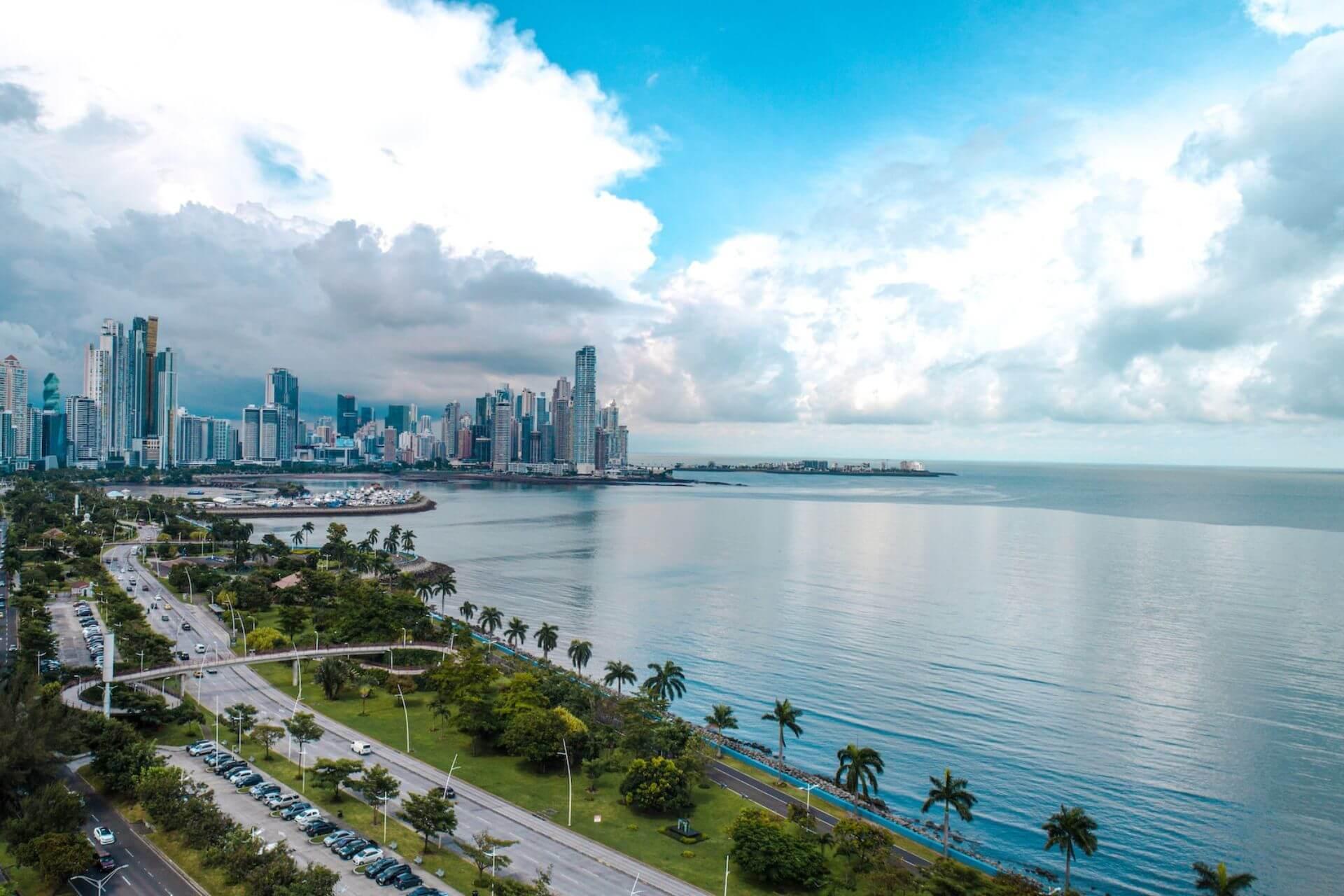
To Ciudad de Panama to explore the Panama Canal

To Ciudad de Panama to explore the Panama Canal
The capital of Panama is amazing. It mixes colonial history with modernity. Sightseers and nature lovers alike will find something to love here. And of course, those who come here for one of the modern wonders of the world – the Panama Canal. If you want to explore it, set aside at least two days, and if you're interested in its surroundings, four days is better. And how can you learn as much as possible about the canal? Here's a little guide.
Miraflores Locks
A virtually mandatory stop is at the Miraflores Locks. Best is to be there before opening time, at 9am. A taxi will take you there for a few dollars.
Miraflores is one of the most visited attractions, so be prepared for a queue at the ticket office (which, fortunately, quickly disappears) and, most importantly, a crowd on the terrace, where everyone watches the work of the locks, through which a cargo ship is now passing. We hear a few interesting things on the radio. For example, that in the morning the lock serves ships heading from the Pacific to the Atlantic, and in the afternoon vice versa. It takes the ships about 10 hours to cover the entire 80-kilometre route.
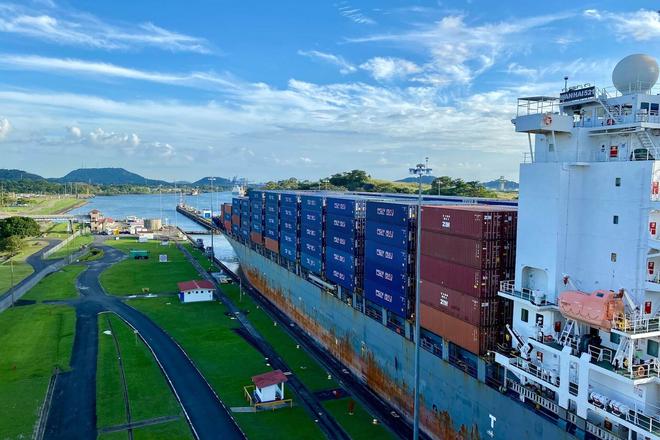
In the screening room you can see an almost propaganda documentary about the construction of the canal. The first attempt to build a canal linking the two oceans was made in 1881-89 under the direction of French builders and ended in failure. Malaria and yellow fever claimed the lives of thousands of workers and the project was halted. After Panama declared independence from Colombia in 1903 with the support of the United States, construction of the canal began again. This time the project was led by the US, which bought the land around the future canal from Panama. The canal was completed in 1914 and was owned by the US until 1999. Today, the canal is under Panamanian administration.
More information about the canal:
Miraflores – www.pancanal.com
Panama Railroad – www.panarail.com
Canal Museum – www.museodelcanal.com
You'll walk through several floors of the museum to learn about the flora and fauna found around the canal and the current plan to expand it, and then you can catch a taxi to take you to Casco Viejo, where the extensive Canal Museum is located. Outside the building, you'll have countless offers from taxi drivers who would be happy to take you anywhere you wish, but the price would be twice what you'd pay outside the main tourist attractions. At the same time, just walk through the gate on the way into the complex and catch a taxi at the main road. From here the price is normal.
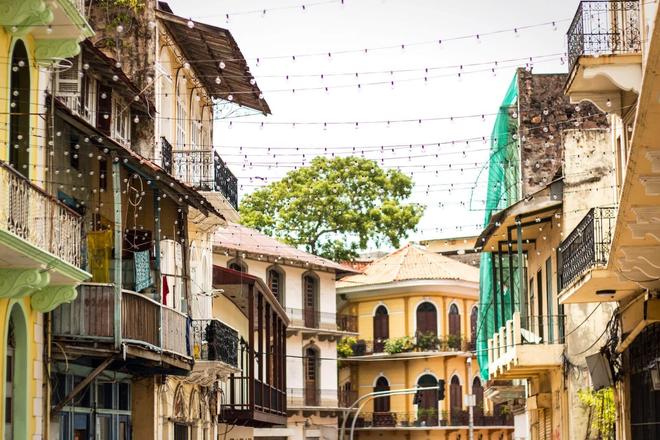
Canal Museum in Casco Viejo
Your taxi can drop you off on the outskirts of the colonial district of Casco Viejo, home to many historically significant buildings and monuments. It's one of the most picturesque colonial neighborhoods in the world, even though some of the buildings could use some repairs. The President of Panama and several ministries have their headquarters here, which is the reason for the presence of armed soldiers, along with possible crime associated with the proximity of the slum.
The Canal Museum is housed in the former post office building in Plaza Independecia, where the whitewashed cathedral also stands. Admission to the museum is two dollars. The number of visitors here is considerably lower. You may even find yourself alone in the hall, making it possible to see the rich exhibition in peace.
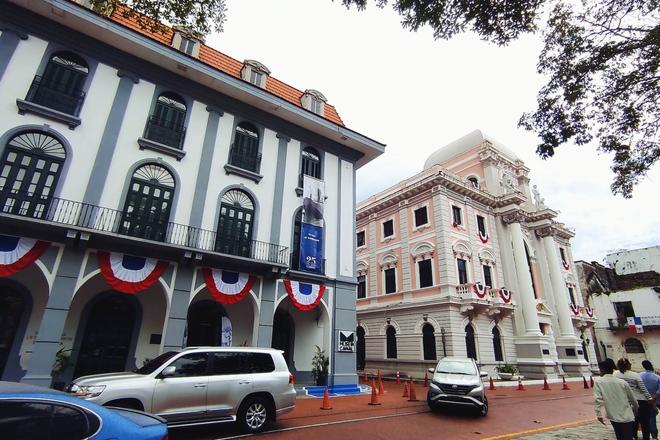
A train ride around the canal
From the museum or Miraflores however, you won't see the canal itself, which stretches eighty kilometres across the Panama isthmus. A good view of the part of the canal with the two locks (behind Miraflores is the Pedro Miguel lock) is from the Ancón hill. It rises a short distance from Casco Viejo.
An interesting way to see the canal is to take a train ride on the historic railway, which since 1856 has linked Panama City and the city of Colón on the Atlantic side. The railway was built between 1850 and 1856. Initially it was used to transport people heading from overseas to California during the gold rush and then for the construction of the canal. In the late 20th century, the line was extensively renovated and today serves as a tourist attraction.
Today, an hour-long ride across the Panama isthmus costs about $25. That may be one reason why the cars are half empty. The other reason is the unattractiveness of the destination. The town of Colón was built at the same time as the railroad. Until the 1960s it was a well-kept cultural city, but then it began to decay and today the centre is more like a slum, and even the guidebooks urge caution when walking its streets. So it's no wonder not many tourists flock there. It is worth a visit, though.
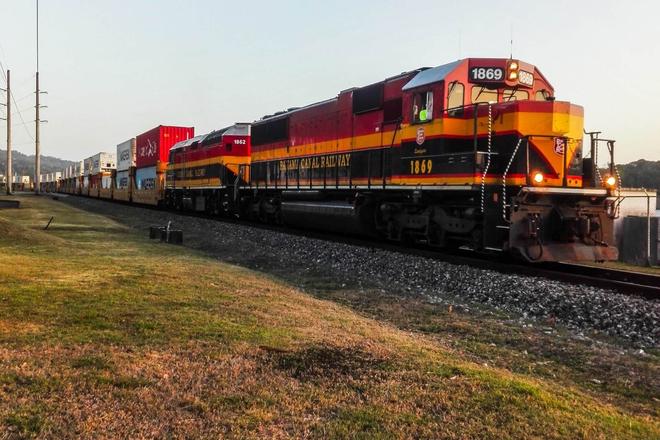
Overlooking the locks
The train leaves Albrook station at quarter to 8am every weekday morning, so you'll need to be ready for an early start. There's no need to buy a ticket in advance, there is plenty of room. You just have to be ready, because the train leaves on time.
Wild Indian tribes, dreamy beaches and hundreds of small islands inhabited by even just one family. This is the tourist-neglected Panamanian archipelago of San Blas.
At the entrance to the station lobby, you may be greeted by a parrot shouting "hola". You board the Río Gatún car, which is for tourists. The carriage is equipped with stylish period furniture. Each carriage includes an observation deck. After three blasts of the horn, the train starts moving. It goes quite fast, so you have to keep your eyes peeled and your finger ready on the camera shutter to get a picture of part of the canal as the trees and bushes part. As the train crosses the bridges, there are some beautiful views of the wetlands and water lagoons.
The train passes the Gatún locks and enters the final station after exactly one hour. Back to the capital, the train doesn't leave until after five o'clock, so you have plenty of time for a morning stroll around the city (with the utmost caution, don't show your camera too conspicuously here, the atmosphere is not very friendly) or hop on one of the buses and get a ride to the colonial fortresses in Portobelo.